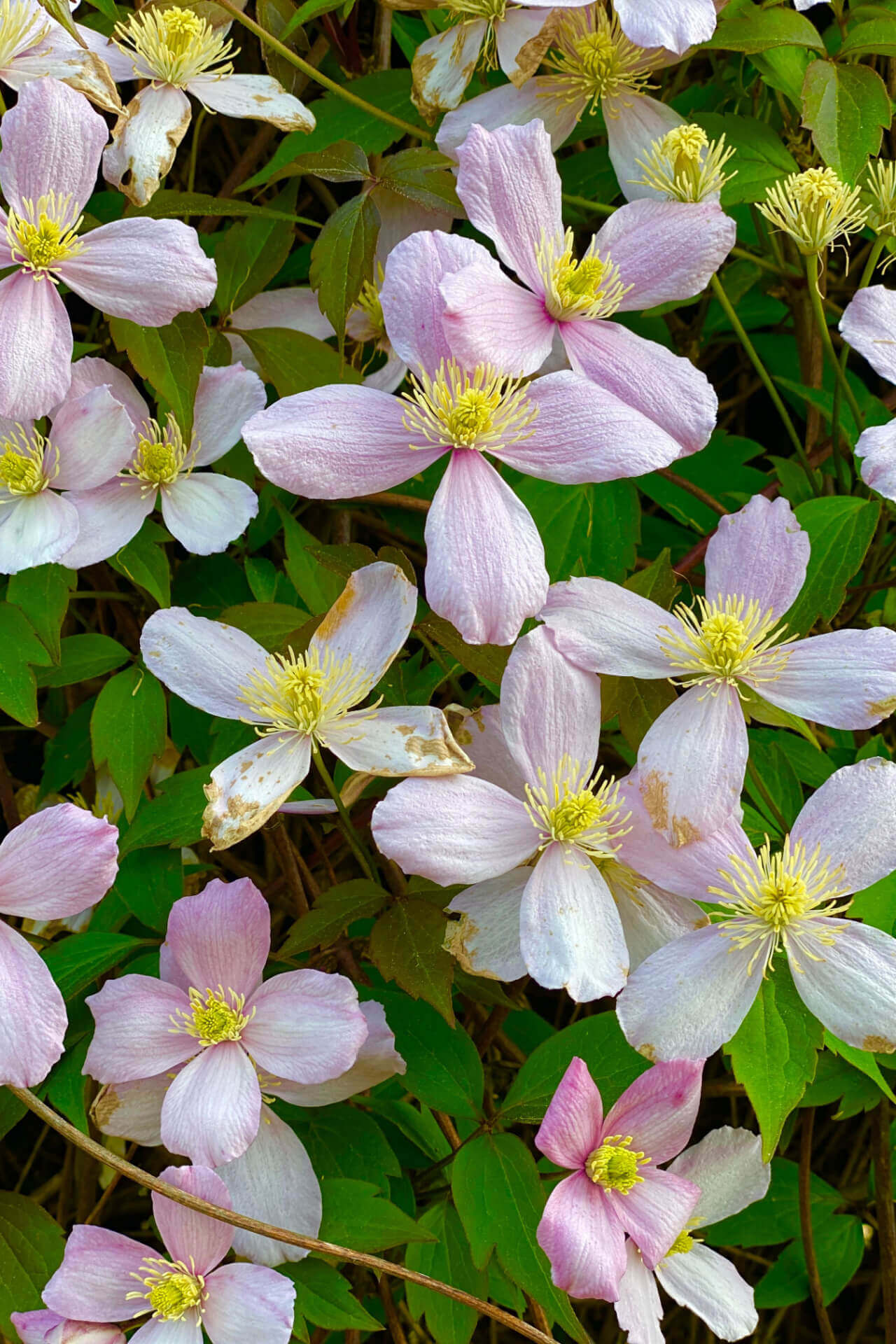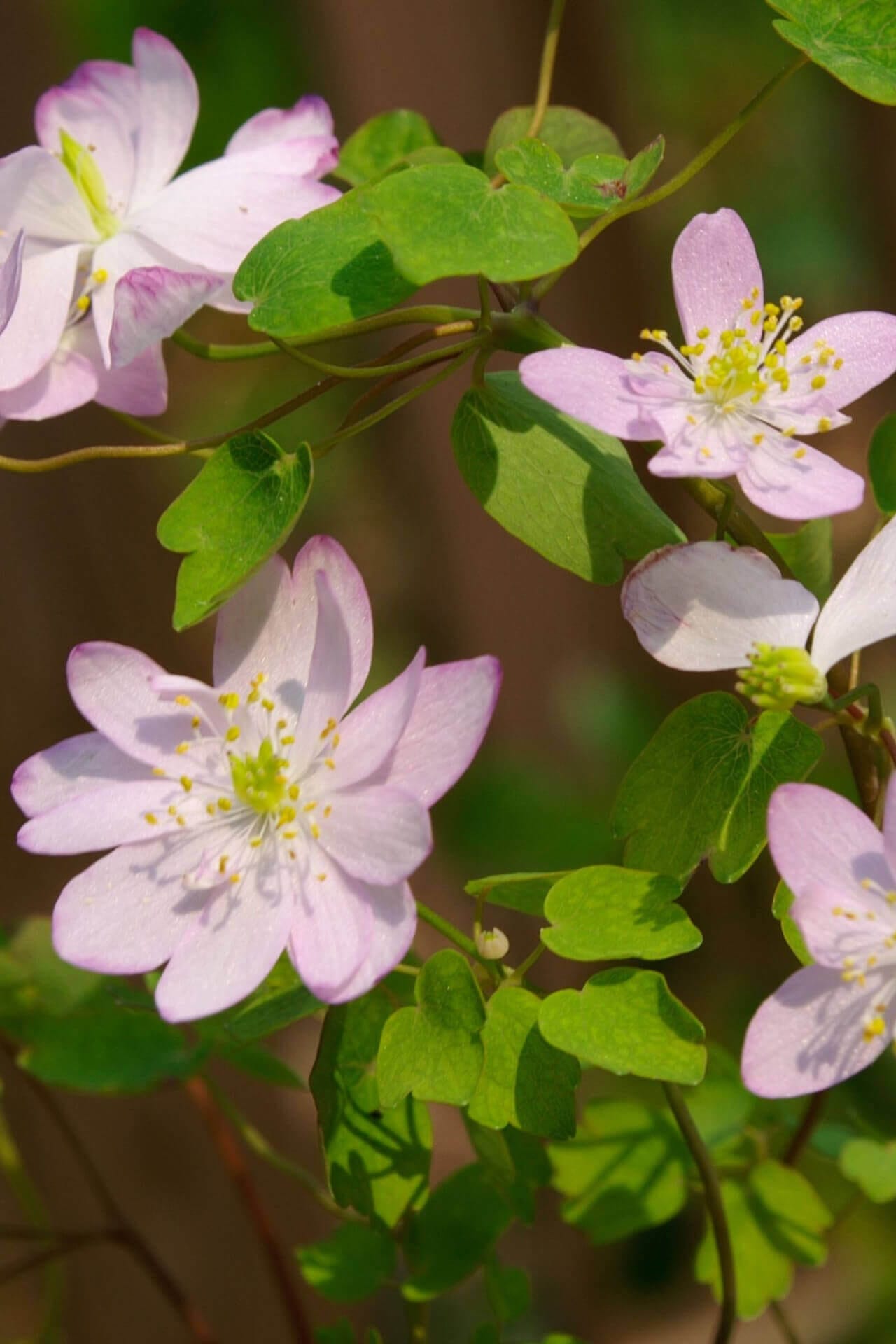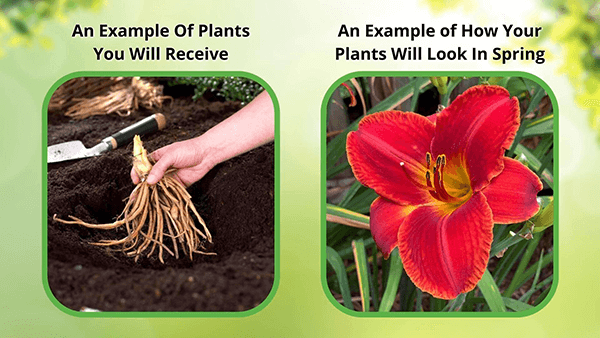Rue Anemone
Rue Anemone
| Order | Percentage Discount | ||
|---|---|---|---|
| 2-5 | 25% Off | ||
| 6-10 | 30% Off | ||
| 11-25 | 35% Off | ||
| 26-50 | 45% Off | ||
| 51+ | 65% Off | ||
Couldn't load pickup availability
5-7 Days
Under 12"
Full Shade
4-9
Flowering
Bare-root
Rue Anemone
Rue Anemone, known as thimbleweed, is a perennial wildflower native to eastern North America. It is a member of the buttercup family and is typically found in wooded areas and along streams and rivers. This delicate wildflower produces small, white, five-petaled flowers in early spring. It can be a lovely addition to a woodland garden.
Rue Anemone's Characteristics
They typically grow to 6 to 12 inches and spread about 6 inches. The leaves are divided into three lobes at the top of the stem. The flowers are about an inch in diameter and have five white petals surrounding a yellow center. The plant blooms from April to May and occasionally again in the fall.
Growing Requirements
They prefer partial shade and moist, well-drained soil. They are an excellent choice for a woodland garden or a shady border and a perfect plant for naturalizing in a wooded area. They can be propagated by seed or division.
Cultural Significance
Some Native American tribes considered it culturally significant. They used it medicinally to treat various ailments, including fever, coughs, and wounds. It was also used as a ceremonial plant and was believed to have spiritual powers.
Uses
In modern times, It is appreciated for its beauty and is often cultivated as an ornamental plant. Its delicate flowers and low-growing habit make it an excellent choice for a ground cover or a border plant. A lovely wildflower adds beauty and interest to any garden or natural area. Its delicate flowers and cultural significance make it a unique and valuable addition to any landscape. With proper growing conditions, they can thrive and provide enjoyment for years.
They are members of the Buttercup family. This flower typically reaches 6 to 10 inches in height and features delicate-looking pink, white, or even slightly purple blossoms on the end of each stem.
White coloration is more common in Eastern regions, while purple blooms dominate in the West. The plant stems are reddish brown, and the leaves are dark green. These flowers bloom in March and die in June, making them temporary springtime plants. T
This makes them some of the earliest blooming garden flowers and some of the longest-lived. In midsummer, the plants die back to the roots and bloom again the following year. They grow natively across the eastern half of the U.S. and can live in Hardiness Zones 4 through 10. They thrive in mesic or medium-moist soils.
They can also grow in dry soils. Because they are native to forest landscapes, they require at least partial shade. This means between 20% and 100% shade per day. These flowers grow fast but have a remarkably long bloom time.
They also produce flowers for years after they reach 2 or 3 years of age, making them a great addition to any garden. Planting them together in clusters creates a soft, graceful ground cover that adds considerable visual appeal.
Like deciduous forest patches, Rue Anemone also does very well in woodsy areas where more shade-loving flowers will not grow. Their fragile appearance but hardy demeanor make them the perfect flower to brighten up a humdrum treeline or forest around one's home.
These beautiful flowers can also be quickly brought indoors, making excellent cut flowers. They have a vase life of 9 days. Anemones are easily raised from the seed.
This Is How Your Plants Will Look upon Delivery
Bloom/Foliage Color
White
Shipping date depends on the date displayed and chosen when you order from the product's page.
We only accept returns on plants verified dead. If you think your plants have died, we offer a 1 year warranty, please use use this File a Claim Link to verify dead plants and start with return warranty process.









